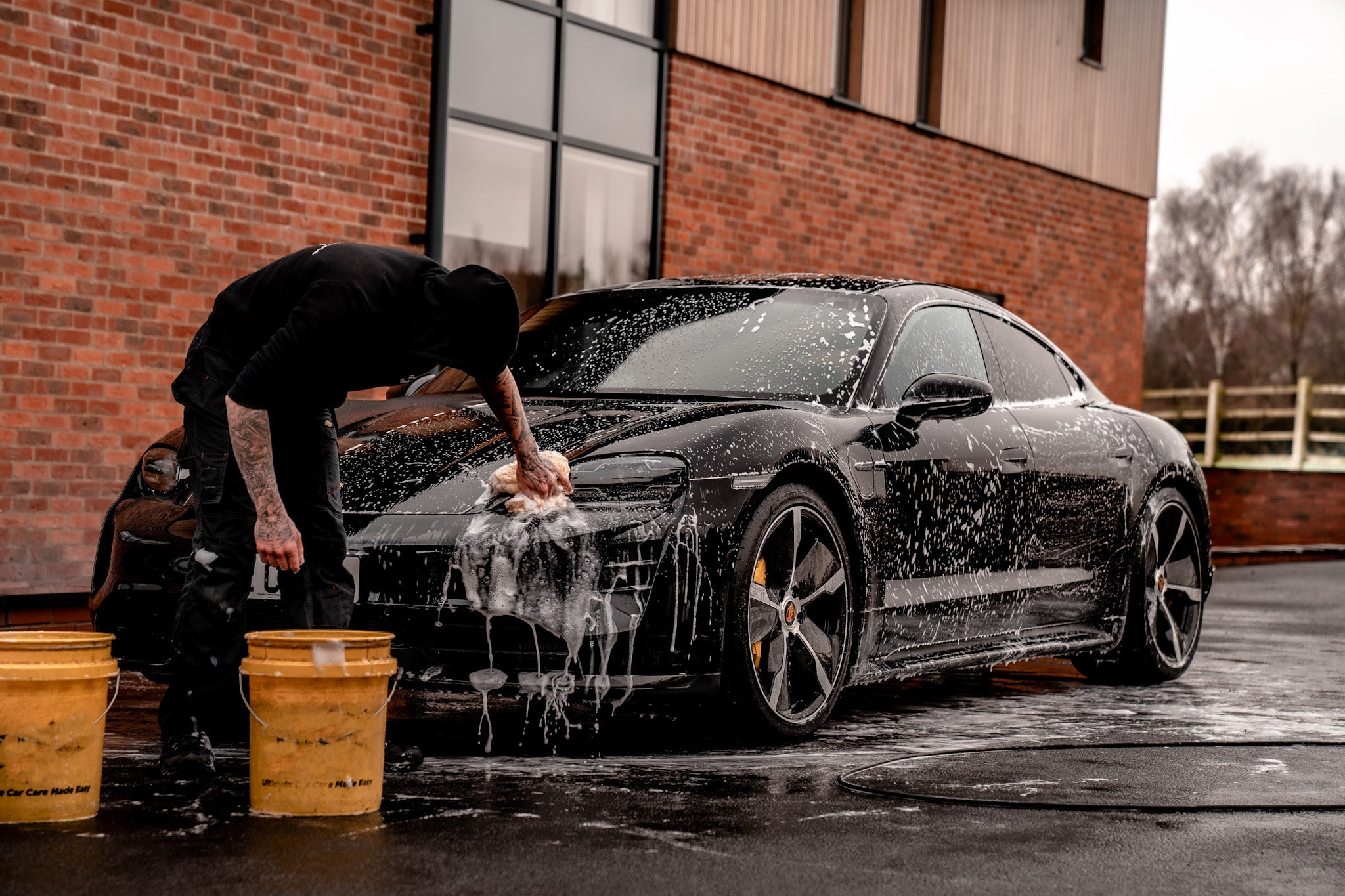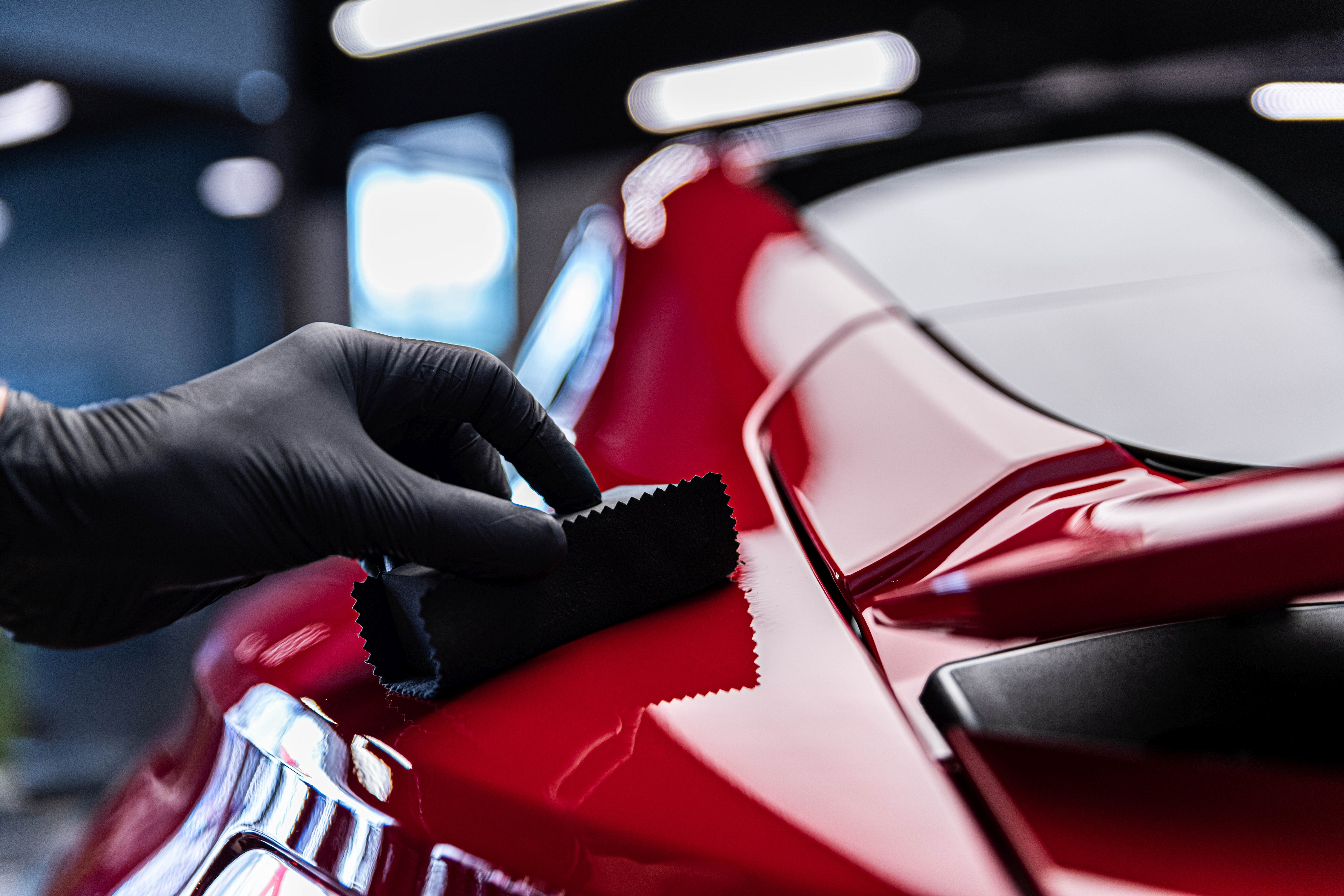A Comprehensive Guide to the Types of Ceramic Coating on the Market
Ceramic coverings have actually arised as a pivotal option across different industries because of their distinct residential properties and applications. From silica-based formulas known for their toughness to hybrid choices that combine multiple benefits, the options available can be frustrating. Comprehending the subtleties of each kind, including their particular advantages and suitable usage situations, is crucial for making notified choices. As we discover the distinctive qualities and applications of these layers, the ramifications for efficiency and durability become significantly evident, questioning about which kind could best fit your requirements.
Recognizing Ceramic Coatings
Ceramic finishes are innovative protective options that have actually gotten popularity in various industries, especially in vehicle and aerospace applications. These layers contain a liquid polymer that, when healed, forms a sturdy, hydrophobic layer on the surface of the substratum. This layer offers boosted resistance to environmental impurities, UV radiation, and chemical exposure, thus expanding the life and aesthetic charm of the underlying material.
The essential element of ceramic finishes is silica, which adds to their hardness and resilience. The application procedure commonly entails surface area prep work, application of the finish, and curing, which can be attained via warm or UV light. Once healed, ceramic coatings exhibit exceptional bonding buildings, permitting them to stick strongly to a selection of surfaces, consisting of metals, plastics, and glass.
In enhancement to their safety attributes, ceramic finishings additionally offer ease of upkeep. Their hydrophobic nature decreases the adherence of dirt and crud, making cleansing easier and less frequent. Generally, the adoption of ceramic finishings stands for a significant advancement in surface security innovation, supplying both functional and aesthetic advantages across several fields.
Sorts Of Ceramic Coatings
Numerous sorts of ceramic layers are readily available, each designed to satisfy specific performance needs and applications - Car Detailing. One of the most usual kinds consist of:
Silica-based Coatings: These coverings primarily consist of silicon dioxide and are recognized for their durability and chemical resistance. They are extensively utilized in automotive and commercial applications.
Titanium Dioxide Coatings: Distinguished for their photocatalytic buildings, titanium dioxide coverings are usually used in atmospheres where self-cleaning and antifungal homes are preferable, such as in structure products and vehicle surfaces.
Zirconia Coatings: Defined by their high-temperature security and thermal resistance, zirconia coatings are used in applications such as generator engines and high-performance automotive elements.
Alumina Coatings: Exhibiting exceptional firmness and thermal stability, alumina layers are frequently utilized in wear-resistant applications, including reducing devices and industrial equipment. - Paint Protection Film
Hybrid Coatings: Incorporating the properties of various materials, crossbreed coverings provide boosted efficiency attributes, making them suitable for special and demanding applications.
Each kind of ceramic coating offers distinct objectives, allowing users to select the most appropriate solution based upon certain ecological problems and efficiency demands.
Advantages of Ceramic Coatings
Coatings play a crucial duty in improving the performance and long life of surface areas throughout different industries. Ceramic finishings, specifically, deal countless benefits Visit This Link that make them significantly popular amongst suppliers and customers alike. One of the primary benefits is their phenomenal sturdiness. These coverings are immune to scratches, chemicals, and UV rays, making certain that the underlying surface continues to be protected in time.
Along with toughness, ceramic finishings offer exceptional hydrophobic buildings, enabling very easy cleansing and maintenance. This water-repellent nature decreases the adherence of dust, gunk, and various other impurities, which can extend the aesthetic allure and functionality of the surface. Ceramic finishings can significantly boost thermal resistance, making them perfect for applications that endure high temperatures.

Application Process
When using ceramic coatings, a careful approach is vital to achieve optimal outcomes. The application procedure generally begins with complete surface area preparation. This involves washing, decontaminating, and brightening the surface to get rid of all contaminations, consisting of dirt, oil, and prior waxes or sealers. A tidy surface makes certain proper adhesion of the finishing.
When the surface is prepped, the following step is to use the ceramic finishing. This can be done making use of an applicator pad or a microfiber fabric, making certain even protection. It is vital to work in small sections to preserve control and avoid early healing. The layer ought to be used in slim layers, as thicker applications can lead to irregular finishes.
After application, the covering requires a details healing time, usually varying from a few hours to a complete day, depending upon the item. Throughout this time around, it is essential to avoid direct exposure to moisture or pollutants. Lastly, a gentle buffing might be needed after treating to enhance the gloss and remove any kind of high places. Complying with visite site these steps faithfully will maximize the effectiveness and durability of the ceramic finish, giving a resilient protective layer for the surface area.
Upkeep and Long Life
To ensure the longevity and performance of a ceramic covering, routine upkeep is necessary. Ceramic coverings, known for their sturdiness and safety top qualities, need specific care routines to optimize directory their life expectancy and performance.
In addition to regular washing, periodic examinations are important. Try to find signs of wear or damages, such as hydrophobic residential properties diminishing or surface blemishes. If necessary, a light polish may be put on invigorate the finish without removing it away.
In addition, the application of a booster spray can boost the covering's hydrophobic impacts and recover its gloss. This is specifically useful for coatings that have remained in usage for a prolonged period. Ultimately, by sticking to these maintenance methods, one can considerably extend the life of a ceramic layer, making certain that it remains to offer optimal protection versus ecological variables and maintain the visual charm of the car.
Conclusion
